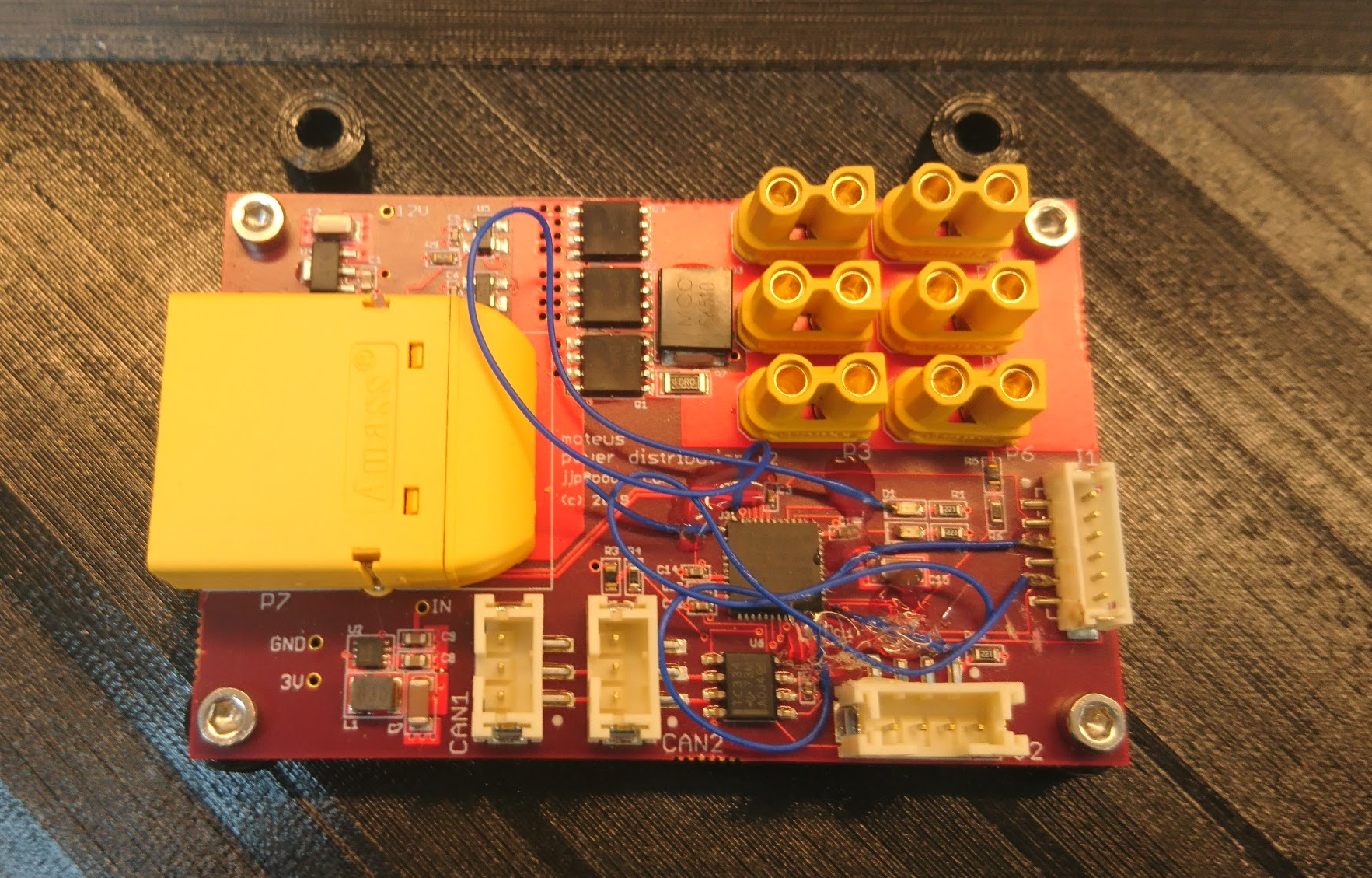quad A1 leg updates
When I first designed the full rotation leg, I didn’t fully appreciate the importance of torque in the knee joint. Despite the fact that my first force based IK showed that when the legs are immediately under the body, the knee joint carries the entire load of the robot, I still managed to not add any reduction there.
The initial design used a 1:1 ratio, because that allowed me to use the same single piece 3d printed gear design I had used before. A 28 tooth gear with 5mm pitch resulted in a gear that was larger than the output plate on the qdd100 servo, so it could just be bolted directly on. To work with a smaller number of teeth, I had to split the gear into two parts, connected by pins, as the gear is now smaller than the qdd100 output plate.


